How many different species of jaguar are there?
Found in the US, the jaguar is an endangered species with ongoing conservation work to protect the endangered species from extinction. There are 34 Jaguar sub-groups in total.
How Big is a Jaguar?
Jaguar Panthera onca is the largest cat in America and the third-largest in the world (after lion and tiger). Its head-body length can be around 240 cm and shoulder height up to 75 cm.
Where do Jaguars live?
Today, jaguars are found in South and Central America, from Mexico to northern Argentina. The species' range formerly extended to the southern states of the US border, but was destroyed in the 1940s due to poaching. However sporadic scenes have occurred in Arizona in recent years.
While jaguars live in drier areas, they are normally strongly associated with water, and they thrive in rainforests such as the Amazon, and in dense swamplands and wetlands that provide plenty of covers to pursue prey.
What is the difference between a jaguar vs a leopard?
Jaguars are most similar in appearance to leopards, but there's nothing you can do to confuse them within the wild, as no other big cats live in South America. The cougars are not technically large cats, but are the same size as leopards, but do not have spots, and the jaguars are more powerfully built.
The most distinctive feature of jaguars is the size of their spots. Spots are similar to roses, and as such are known as rosettes. While leopards also have similar rosettes, the main difference is that jaguars have spots inside rosettes, while leopard rosettes do not.
Is a black panther the same as a black jaguar?
'Black Panther' is the generic term for any indifferent big cat, which would usually be a black leopard or a black jaguar. In jaguars, the melanistic gene is predominant, so black jaguars are not very uncommon, although they are generally more difficult to see and in dark rainforests (where they have better camouflage) spend more time hunting by water. can do.
How strong is the bite of a jaguar?
Jaguars have incredibly powerful jaws, which are strong enough to pierce the skull and crack the sea turtle shell. They are nomadic hunters and will hunt anything from frogs, fish, and reptiles to animals, cows, and deer.
What conservation work is being done to save Jaguar?
A major threat to the species with habitat fragmentation, an ambitious project - the Jaguar Corridor initiative, proposed by noted zoologist and former Panthera CEO Alan Rabinowitz - to create a continuous north-to-south habitat corridor across the species Was launched in 2004. 'Range, it enables you to roam and breed.
The first Jaguar Preserve - Coxcomb Basin Wildlife Sanctuary in Belk - was built in 1986. The sanctuary now protects 240 km2 of tropical forests. Although the species is doing well there, you are least likely to see it - apparently 17,000: 1.
There are now many other protected areas where the jaguar is alive and well, and (fortunately for us) many offer a much more reliable view than the Coxcomb Basin.
Do jaguars live alone or in groups?
Jaguars are solitary animals. Males guard the range up to 80–90 km2 and only come to mate with females. Breeding occurs throughout the year, and the female has four cubs, which disperse after two years.
Size:
According to Defenders of Wildlife, Jaguars are the largest cats in America and the third-largest cats in the world. From head to flank, these cats range in length from 4 to 6 feet (1 to 2 meters). The tail can add another 2 feet (60 cm) in length, although they have a significantly shorter tail than other big cats. In comparison, the tail of lions can grow up to 3.5 feet (105 cm).
Males are heavier than females. Males can weigh from 126 to 250 pounds. (57–113 kg), while females weigh between 100 and 200 pounds. (45–90 kg), according to the Denver Zoo.
Habitat:
Jaguars generally live in forests or forests, but they are also found in desert areas such as Arizona. They like to be close to the water and they like to fish. Jaguars will dip their tails into the water to catch fish, like a fishing line.
Historically, jaguars roamed from Texas to California in the southwestern United States. Famous mountain man James "Grizzly" Adams was also reported seeing a female and two cubs in the Tehachapi Mountains of California near Bakersfield sometime in the mid-1800s.
But pre-1900 anti-attempt efforts wiped out Jaguars from the northern end of their range. Today, the northernmost breeding population is in the state of Sonora, Mexico. Nevertheless, the occasional Jaguar makes a home in Arizona. Experts debate how important this habitat is to overall jaguar survival, but some conservationists in the state argue that Arizona can be an important habitat for big cats as the climate warms and moves north.
The only known jaguar in the United States today has a young male surname "L. Jeff." He has been seen in photos and videos from a camera trap in the Santa Rita Mountains near Tucson, where he has been roaming for at least three years. Biologists have also tracked their movements using a specially trained scat-sniffing dog.
The last Jaguar known to live in the United States was before L. Jeff Macho Bee, another male. Macho Bee was removed in 2009 after attempting to trap him and radio-collar the wrong Jaguar. Macho Bee's death was a major scandal for Arizona's Department of Fish and Game and led to a criminal investigation into the killing of an endangered species.
Other jaguar sightings in the state have been few and far between. The last known female jaguar in the United States was shot in 1963 by a hunter who mistook her for a bobcat.
Habits:
Jaguars are virgins who only spend time with others of their kind when they are mating or caring for cubs. To keep other jaguars at bay, they mark their territory with urine or mark trees with their claws. According to the University of Michigan Animal Diversity Web (ADW), their area can be up to 50 miles wide.
The jaguar is a top-level predator. It has no natural predators other than humans, who hunt them for their fur or game.
His name comes from the Native American word "jaguar". Jaguar means "one who kills with a leap." During a hunt, jaguars take advantage of their strong jaws and sharp teeth. They grab their prey by the head and bite down to kill. Other cats go to the neck while killing the prey.
Diet:
Jaguars are carnivorous, meaning they only eat meat. In the wild, jaguars will use their speed and stealth to pick up deer, peccary, monkeys, birds, frogs, fish, crocodiles, and small rodents. If wild food is scarce, these big cats will also hunt domestic animals.
Their jaws are stronger than any other species of cat. With these strong jaws, the jaguar will break on the bones and eat them. According to the BBC, their jaws are strong enough to burst the sea turtle shell. In fact, at the zoo, bones are part of a jaguar's regular diet.
They also do not like to share their food. Jaguars will only eat their prey after pulling the trees, even if the trees are quite a distance.
Other facts:
Genetic changes are caused by melanistic or all-black jaguars. This mutation causes large amounts of dark pigments in the skin and fur. This type of jaguar is found in the rainforests because it is easy for them to blend into the dark shade of the trees.
Jaguars can see up to six times better than humans at night or because of a layer of tissue in the back of the eye during darker conditions that reflect light.
Unlike most cats, jaguars are not afraid of water. They are also very good swimmers.
Thanks for reading our article:

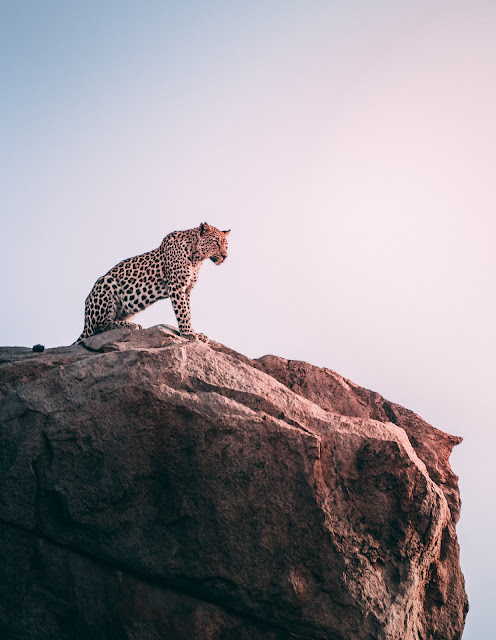
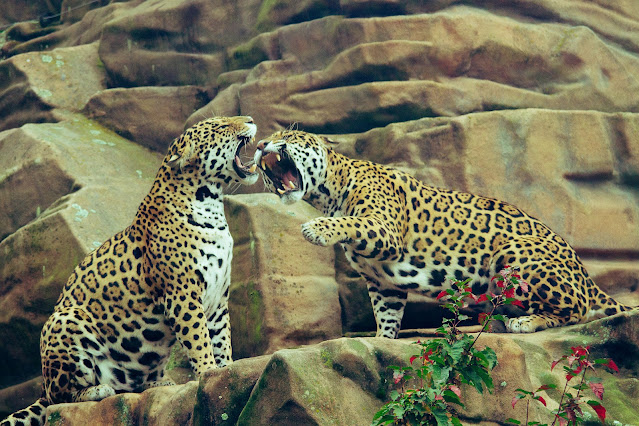
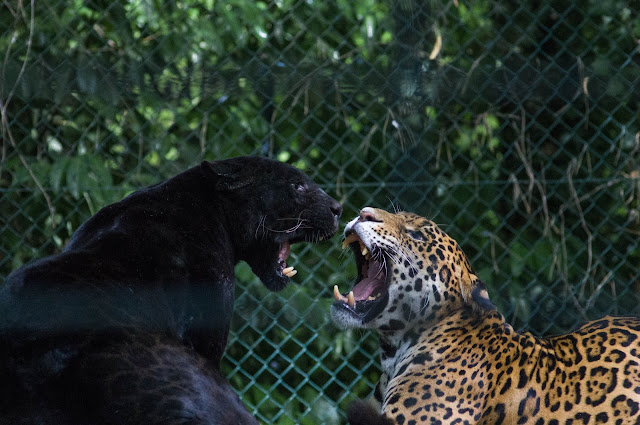
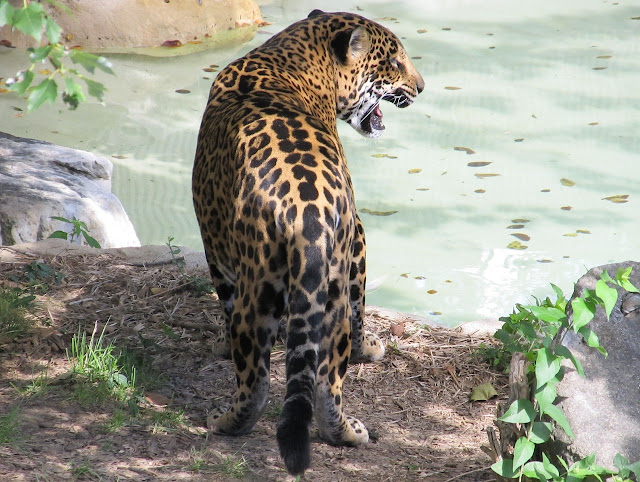
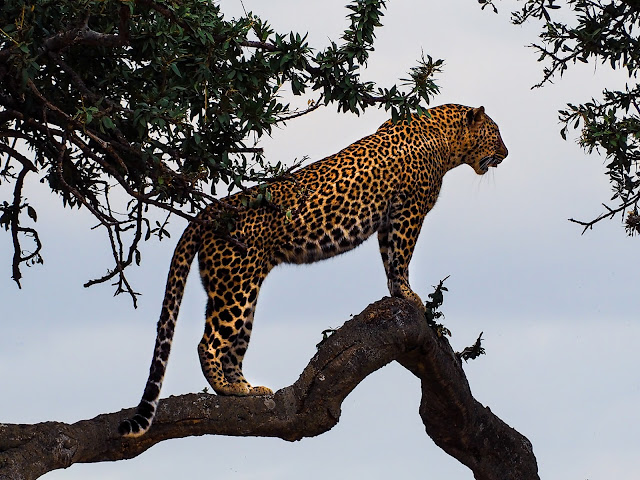





0 Comments:
Post a Comment